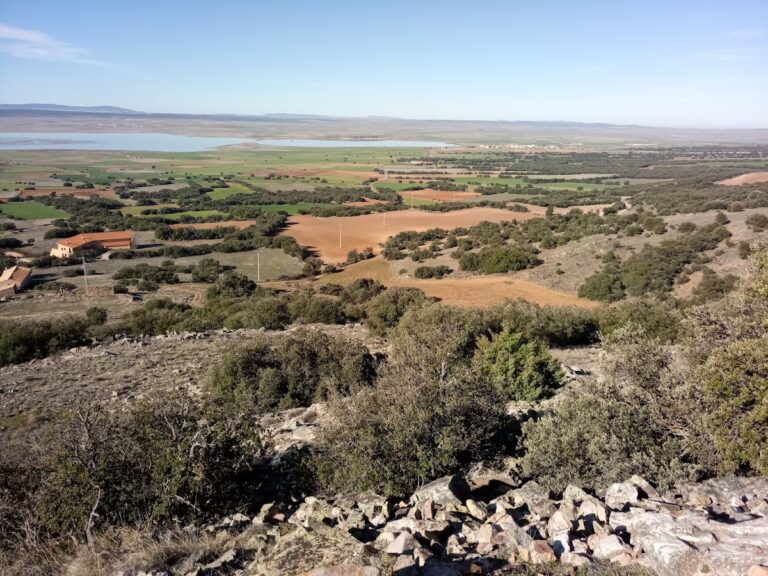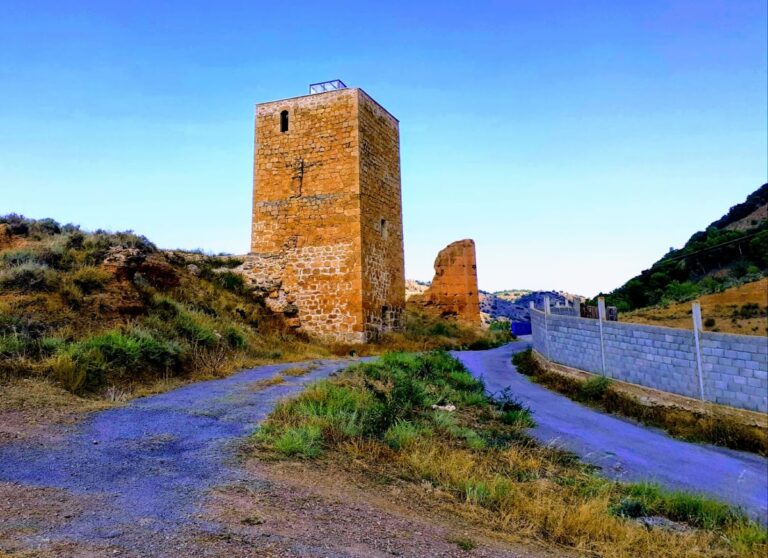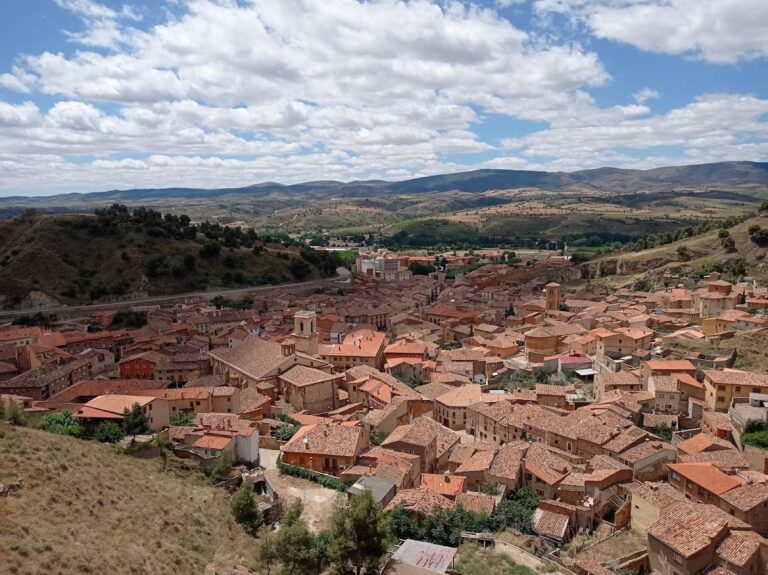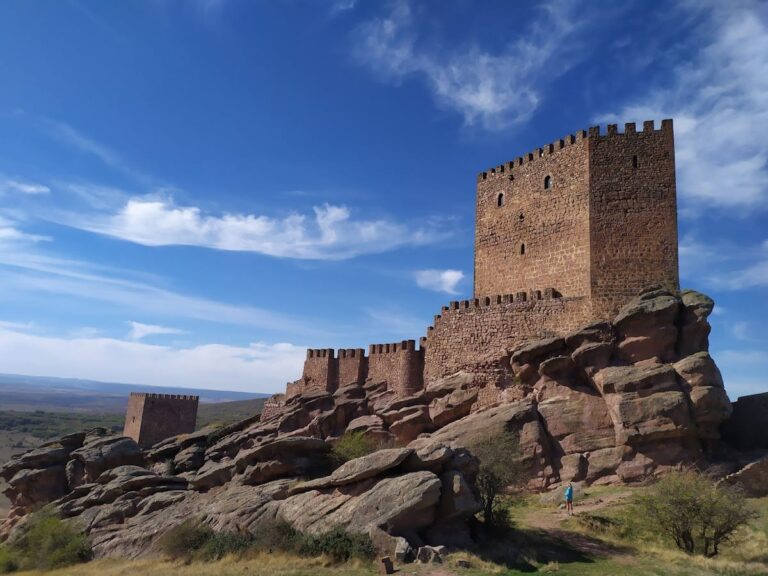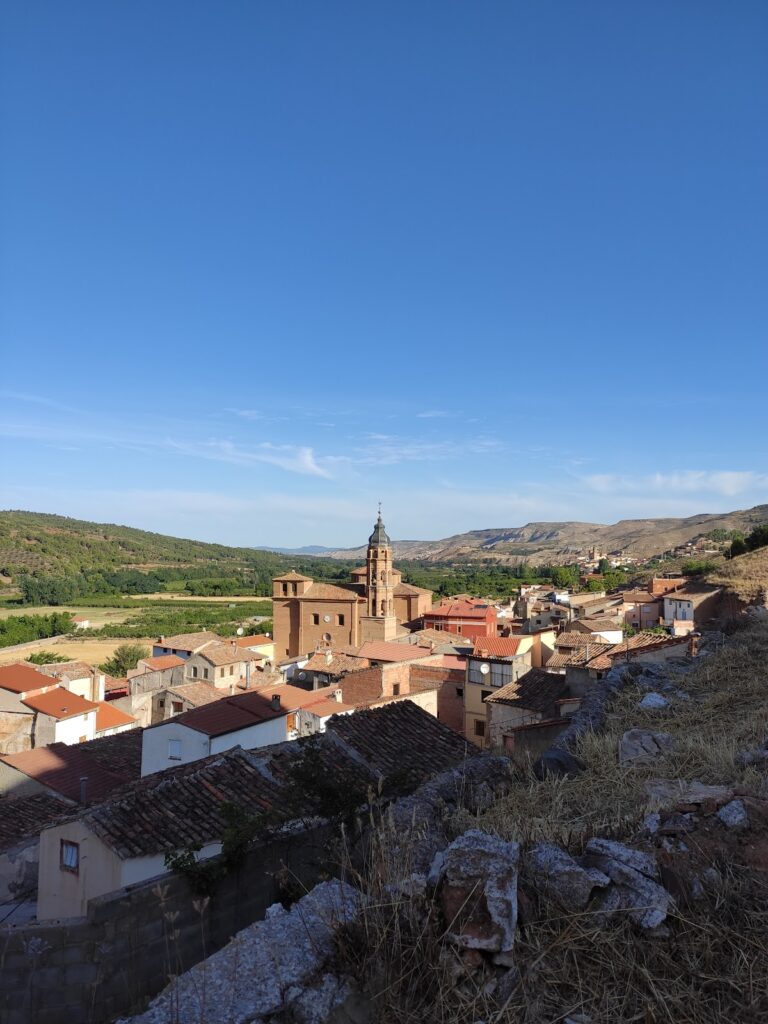Castle of Tornos: A Historic Fortress in Aragón, Spain
Visitor Information
Google Rating: 4.5
Popularity: Very Low
Google Maps: View on Google Maps
Country: Spain
Civilization: Unclassified
Remains: Military
History
The Castle of Tornos sits atop a hill in the municipality of Tornos, Spain, and traces its origins back to a Celtiberian settlement. This early community left behind a defensive wall foundation, marking the site as strategically significant well before the medieval period.
By the year 1200, the fortress of Tornos was already established. Historical records show that Queen Sancha, after being widowed, granted the castle to her son, King Pedro II of Aragón. Throughout the 13th and 14th centuries, the castle remained under the authority of the Crown of Aragón, which appointed various alcaides, or castle governors, to oversee its defense. Among these figures were Ximénez de Iranzo, Sánchez de Sotes who was assigned by King Jaime II in 1295, and Jimeno Sánchez de Alfambra in 1301. Subsequent alcaides like García Sánchez de Foces, Gonzalo Rodríguez de Moros, Jaime de Oblitis, and Domingo Marcuello served under King Pedro IV.
King Jaime II recognized the castle’s military importance by ordering significant repairs and maintenance during several campaigns in 1295, 1300, and 1320. Later, in 1346, Pedro IV tasked Gil Mateo, the procurator of the Daroca villages, with preparing the fortress against sieges and erecting a cistern, evidencing continued investment in the stronghold’s defenses. The following year, under the charge of Domingo Marcuello, the castle withstood pressures from rebel unionists who sought to force the monarch’s hand in surrendering key fortresses. Marcuello played a notable role in the 1348 Battle of Épila, fighting alongside Lope de Luna against these insurgents, while the Luna family established a local branch in Tornos during this century.
Following the 15th century dynastic union between Castile and Aragón and the rise of gunpowder weaponry, the castle’s defensive value diminished, leading to its gradual abandonment and decline into ruin. The historical relevance of the site was revisited in modern times when a detailed topographic study and archival research were carried out in 1998 by the Centro de Estudios del Jiloca.
Remains
The Castle of Tornos occupies a roughly square footprint about 60 meters on each side, perched on a small hill that offers extensive views of the surrounding landscape, including the Gallocanta lagoon. The visible medieval ruins primarily consist of three towers and sections of defensive walls, built to suit the contours of the hill.
Two of these towers have a square layout, each measuring approximately six meters on a side. They are connected by a lengthy wall that once followed the slope of the hill, though today only the foundations of this barrier remain. Among the surviving walls, one prominent section still preserves arrow slits, known locally as “saeteras,” which allowed defenders to fire arrows while maintaining cover. The base of another square tower remains identifiable within the ruins.
A distinctive feature of the site is a passageway carved directly from the rock, which links two terraces at the hilltop. This paved route would have facilitated movement within the fortification, an adaptation to the rocky terrain. Near this area are the probable remnants of a cistern, constructed under the order of King Pedro IV in 1347, intended to collect and store water during times of siege.
From the earlier Celtiberian period, only fragments of a defensive wall foundation still survive, hinting at the site’s long-standing strategic use before the medieval castle rose above it. Recognizing its archaeological and historical value, the castle was declared a Bien de Interés Cultural, or Cultural Heritage Site, under Aragonese law in 2006, ensuring its protection and study as an important remnant of the region’s past.





